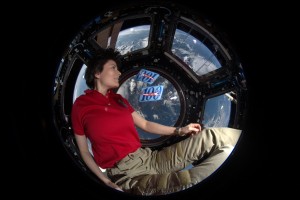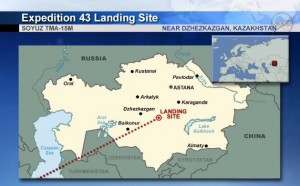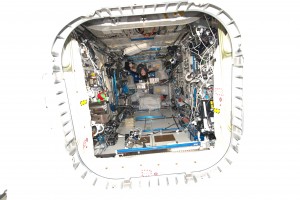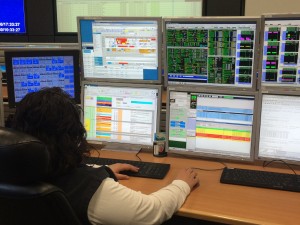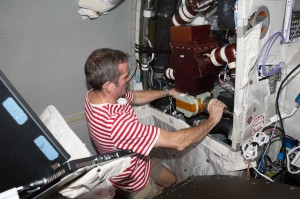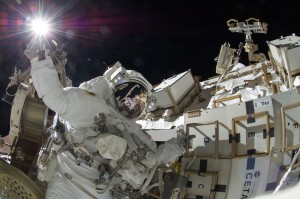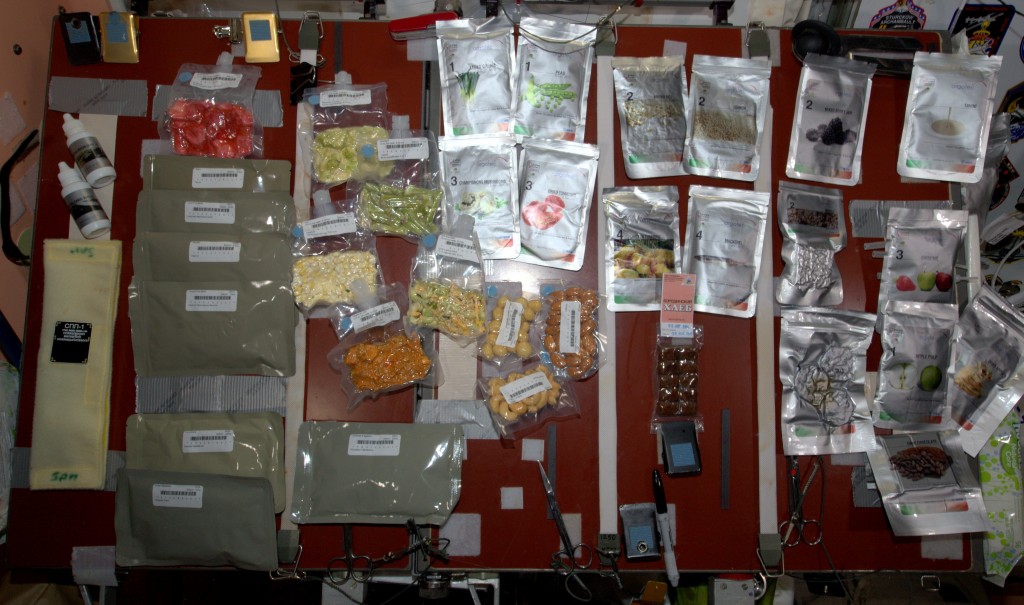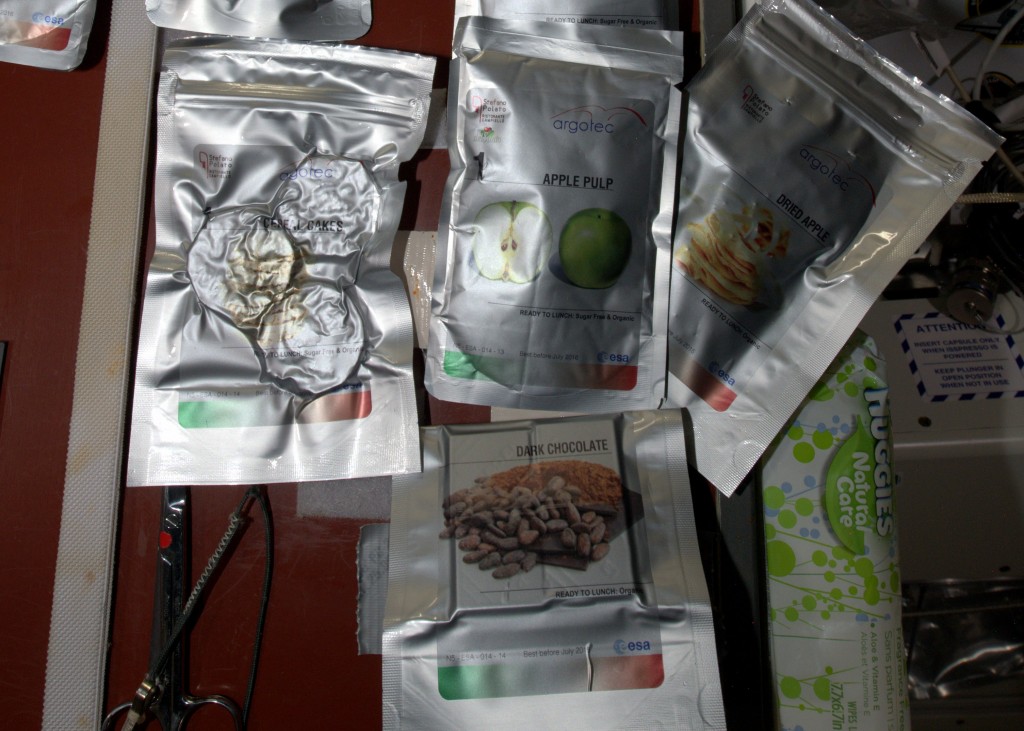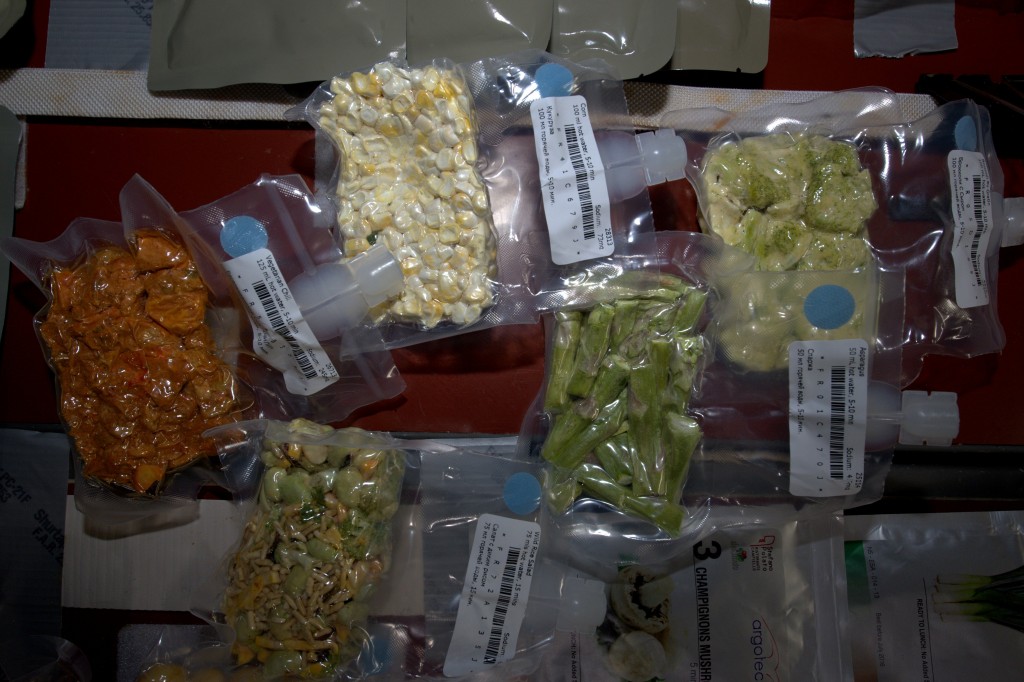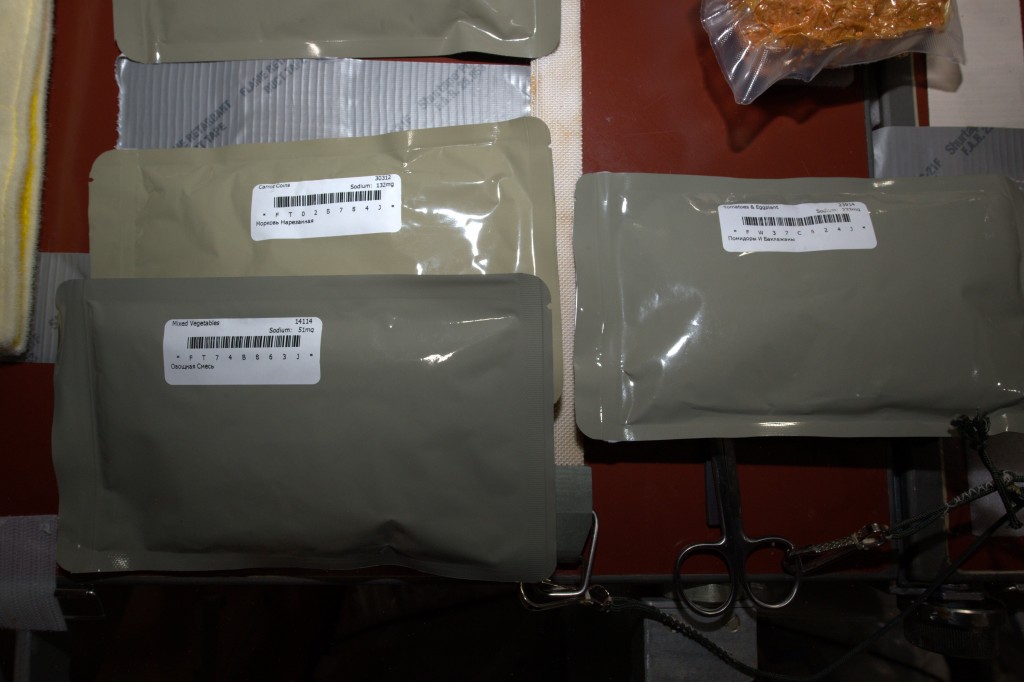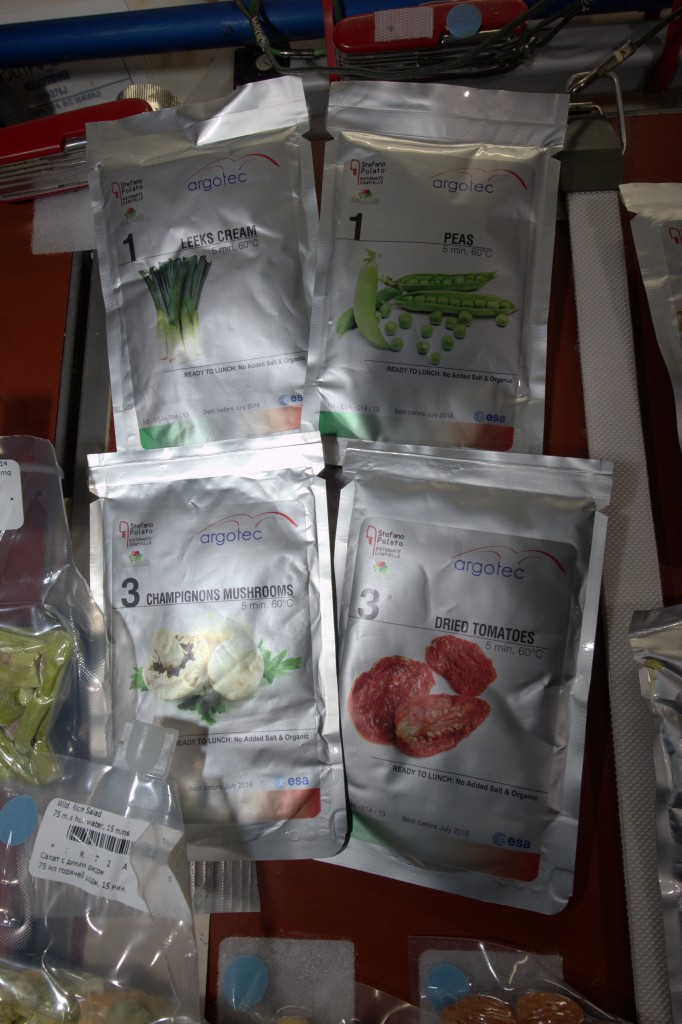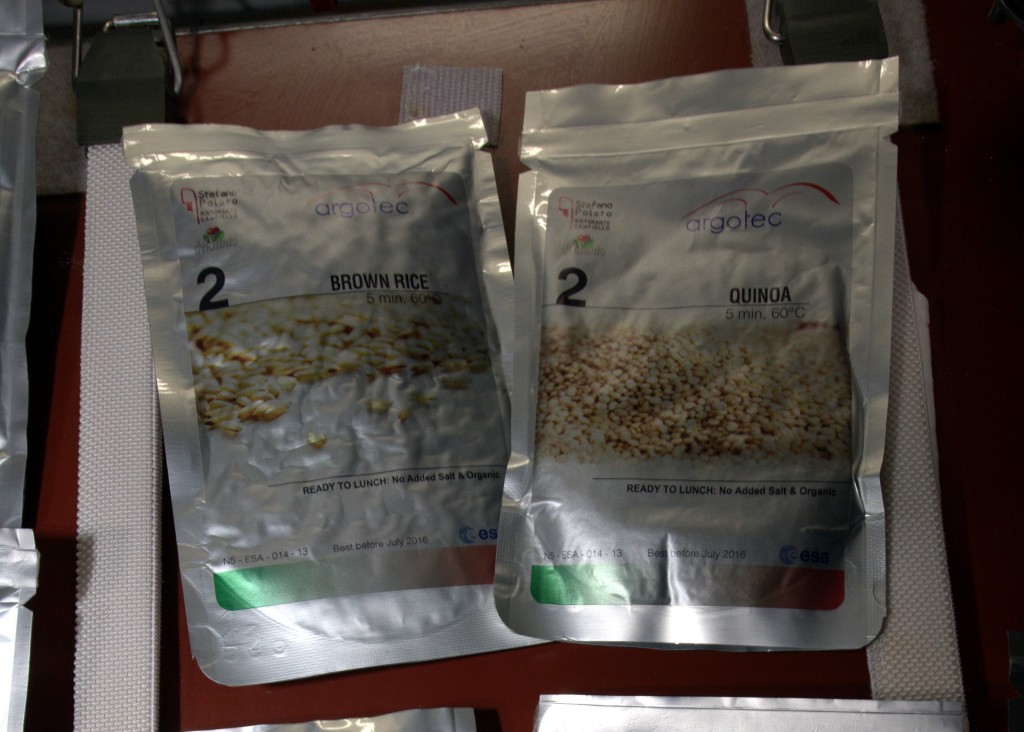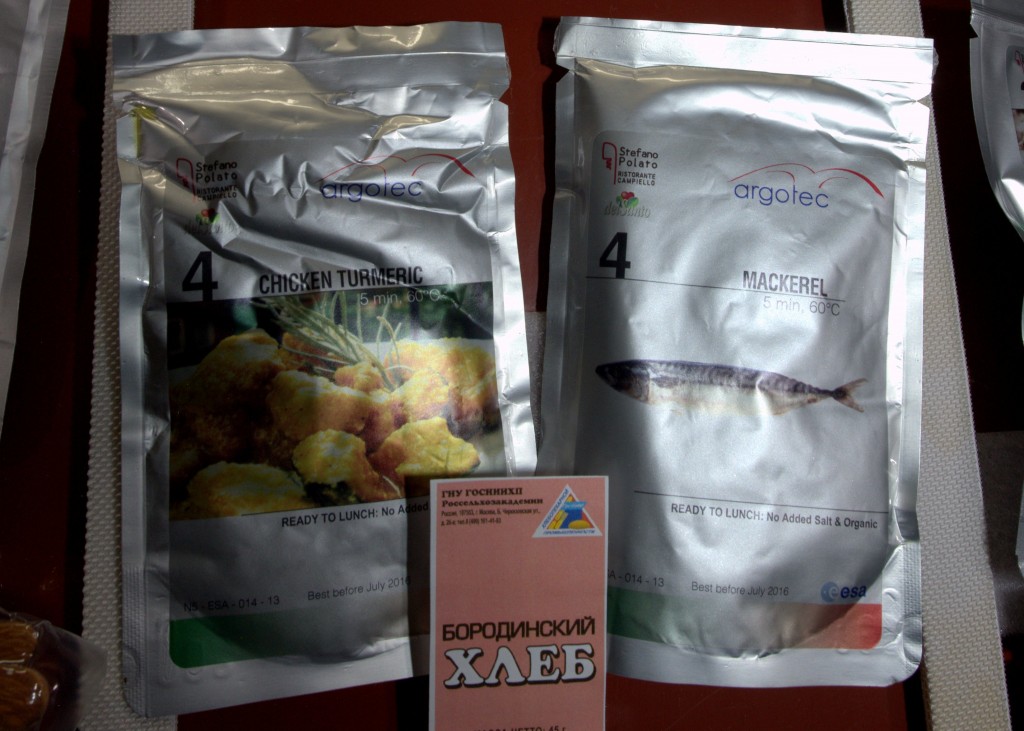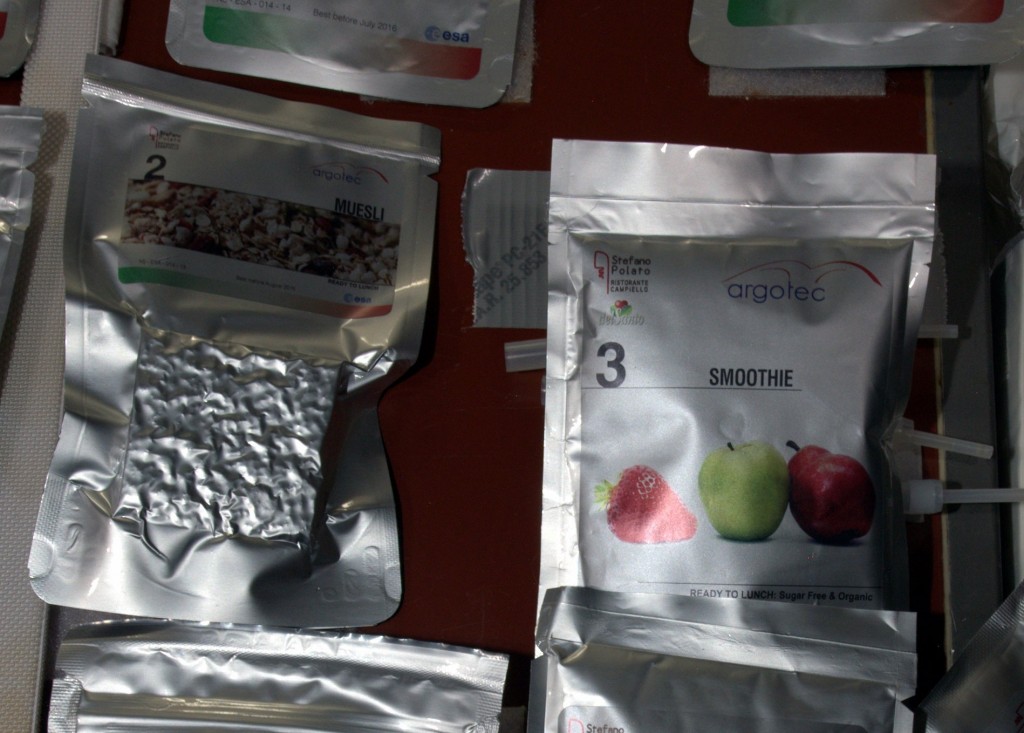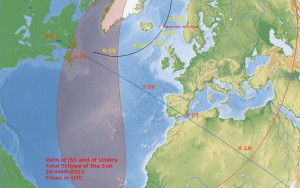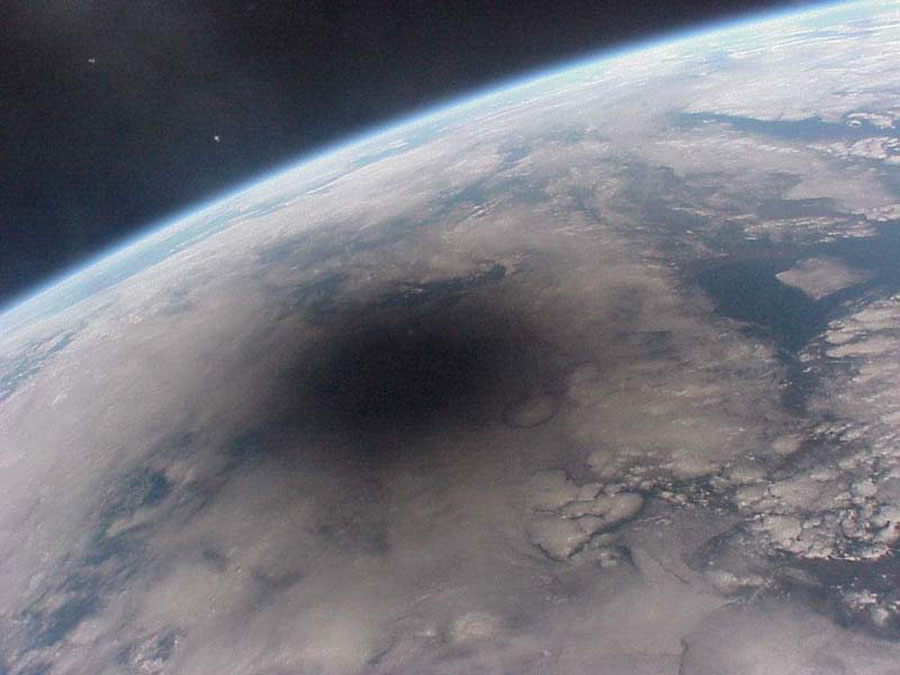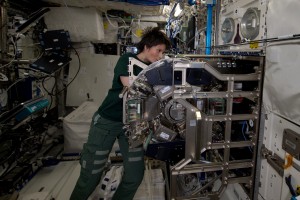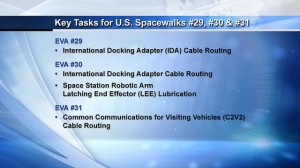After my bad experience interviewing fruit-flies, today my boss came to me saying I should interview someone who has been referred to as “elegant”… “And transparent,” she added with a smile. She’s a good boss, my boss is. I know she trusts me and that she values my work. The fruit-fly experience is now in the past. So I dutifully phoned the number the boss gave me and transcribed.
Good morning professor, thanks for agreeing to this interview with Outpost 42!
My pleasure, for my colleagues and myself it is a duty and a pleasure to make a small contribution to science and its outreach.
You are very kind, professor. I know you will take care of an experiment to improve the health of astronauts on long-duration missions. What is it?
Together with other colleagues, I work on the EPIGENETICS experiment: we try to understand how living in weightlessness can induce inheritable genetic modifications without changes in the DNA sequence.
But DNA is genetic register is it not? If it does not change, it cannot transmit differences from past mutations. Am I wrong?
Well, some changes that do not correspond to a changed DNA can be inherited. The DNA remains the same, but the way it is expressed changes. A simple comparison would be when different actors perform the same play. The script will remain the same, but its interpretation is different. The science that studies these kind of changes is called
epigenetics.
Aside from this example, where do you see such a mechanism in everyday life?
A classic example is cell differentiation: some cells specialise, but do not change their basic DNA structure. Some recent studies suggest that epigenetic changes may also have an impact on aging and on tumors.
Let’s go back to the astronauts and space. Why do you want to do this experiment in reduced gravity?
We want to understand how a cell that has adapted to space can transmit its adaptation to the next generation of cells. Bones and muscles of astronauts undergo changes in long-duration missions: our experiment is aimed to better understand if there are changes at the level of each cell and what the link is between adaptation and mutation epigenetics.
I’m curious to see how you conduct the experiment. In her blog Samantha Cristoforetti seems to be having a lot of fun with Epigenetics.
It is because we are involved.
Understandably so Professor, you and your colleagues are certainly charismatic people. What I meant to ask was with which organisms are you conducting the experiment? Please do not tell me that it is those arrogant fruit-flies!
[laughs]. We do not need fruit flies, our involvement is enough.
You and Samantha of course. I imagine that you follow our astronaut step by step from Earth as she deals with the organisms of study, are they bacteria?
Look [he keeps laughing], there is a misunderstanding here. We are on the station together with Samantha.
In what sense?
In the only way possible. We are there with her: when we launched we were larvae. Then we awakened with a good bacterial nourishment: some of us were put in a centrifuge that simulates gravity while others were left free to float in zero-gravity. Once mature, we reproduced: the adults were taken away and put in the refrigerator (called MELFI) to be analysed on ground while the larvae continued eating and growing happily for five days. This process is repeated: adults are popped in the fridge and the second-generation larvae allowed to grow. And so on, for four generations… Why are you not saying anything? Have you lost interest?
Professor … who you are you?
I am a worm, of course.
What? Worms? I’m talking on the phone with a worm?
I am a Caenorhabditis elegans, in fact. I have the honour of being able to enjoy a certain elegance. Is it a problem? Think about it: we are just a millimetre long, and we are totally transparent, allowing researchers to observe our internal organs under a microscope easily. And we are almost all hermaphrodites. Hello? Hello? Anyone on the line? Mr. interviewer … we have to go, the MELFI awaits us: goodbye, then, we’ll tell Samantha you said “hi”!
Stefano Sandrelli
To learn more about the Epigenetics experiment:
https://www.nasa.gov/mission_pages/station/research/experiments/1075.html
Cover image: Caenorhabditis elegans — a millimeter-long roundworm with a genetic makeup scientists understand — will be central to a pair of Japan Aerospace Agency investigations into muscle and bone loss of astronauts on the International Space Station in the first few months of 2015.
Image Credit: NASA





